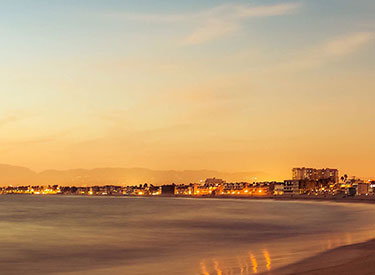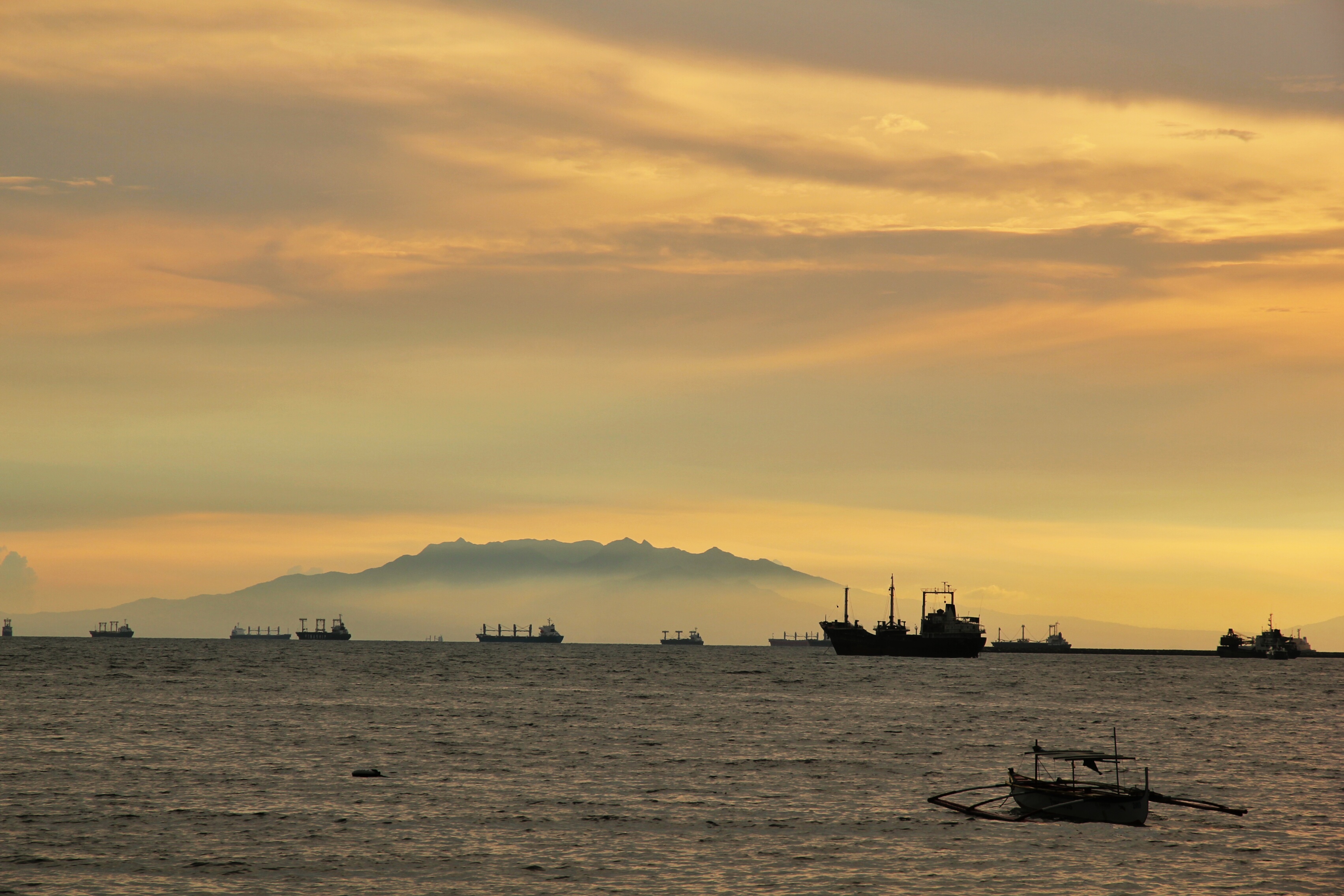


The Philippines are the next hot travel destination. The Philippines boast some of the world’s best beaches and rainforests spread over the 1,107 islands that make up this idyllic nation.
Boracay Island
The beaches of Boracay Island with their impossible white sands that line the shore as far as the eye can see, have been ranked amongst the very best in the world. Boracay is perfect for those seeking an intimate, yet action-packed travel experience – the entire island covers an area of just over 10 square km. Despite its small size, there are still plenty of activities to enjoy on Boracay. It is one of the top windsurfing destinations in the region, and is a competitive stop on the Asian Windsurfing Tour, with the event taking place in January. Boracay is also a great place to take in other interesting and unusual professional sports, such as the dragon boat races in April and May, and an annual ultimate frisbee tournament taking place each summer.
Cebu City
The Philippines’ ‘second city’, Cebu City is an exciting and dynamic place to visit, and is the cultural capital, as well as the oldest city in the country. Cebu is distinguished by its Spanish architecture, with many impressive, centuries-old historical sites to be enjoyed all over the city, including the Basilica Minore del Santo Nino, Fort San Pedro and Magellan’s Cross. On a clear day, head to the Cebu Tops observation deck, in the Busay district. With a little luck, and a lack of cloud, you’ll enjoy views stretching all the way to Bohol, more than 90 km away. Cebu City is also a convenient gateway destination for exploring the many surrounding islands (more than 167 in total) that make up the wider Cebu province.
Bohol
The Bohol region is the most popular tourism destination in the Philippines, and is most famous for the stunning Chocolate Hills – a highly unusual geological formation, made of limestone. The Chocolate Hills are covered in a thick green grass, that turns brown during the dry season – giving them their ‘chocolate’ appearance. For the best view of the hills, stay in the luxurious comfort of the Chocolate Hills Complex, complete with observation deck rising more than 60 metres above the ground – the perfect place to relax with a cool drink, and watch the sun set over the rolling curves of the hills, which number more than 1,200 in total. Elsewhere in Bohol Province, diving enthusiasts need look no further than nearby Panglao Island. The crystal clear blue waters of Alona Beach allow for in-depth, up close exploration of a diverse array of marine life. While in Bohol, keep your eyes peeled and search the leaves of the rainforest trees for a tarsier, a tiny monkey-like creature with huge and mesmerising eyes, it’s also the smallest mammal in the world.
Camiguin
Camiguin consists of two separate islands, White Island and Mantigue Island – both of which feature a large number of volcanoes. The high volcanic activity in the area throughout history has resulted in a unique ocean landmark. The Mt Vulcan activity between 1871 and 1875 resulted in the sinking of some areas of the town of Bonbon, including the local cemetery, which is now commemorated through a huge, striking cross erected in the middle of the sea. The Camiguin region is also a melting pot of many different cultures, and is a fantastic place to explore a range of different natural attractions. Highlights include the Katibawasan Falls, with huge trails of water cascading more than 70 metres down a crumbling rock face, into the blue-green waters, surrounded by lush fern and orchid vegetation. For those feeling a little more adventurous, there are also numerous hiking trails around the Falls, and its also a great starting point for the more challenging trek up nearby Mt Timpoong.
Manila
Manila is the hustling, bustling, chaotic capital of the Philippines, and it’s definitely worthwhile setting aside a couple of days to explore. The city’s main attractions are mostly found in the Manila Bay area, and contrary to the vast, sudden development that is occurring at a rapid rate at many cities around the world, the Baywalk area of Manila Bay has actually been scaled back. Restaurants formerly along the bay area itself have been shifted, to allow for enhanced, uninterrupted views of the yellow and orange hues of the Manilan sunset. A wander through other parts of town reveals Manila as a fascinating cultural melting pot, rich in fascinating history – for starters, the city boasts one of the biggest Chinatown districts in the world. There are legacies evident of colonial times – the Manila Hotel, on the edges of Manila Bay, reminiscent of the American influence. There’s also the ruins of once of the first Spanish settlements in the city, Intramuros, as well as a memorial shrine to Apolinario Mabini, who fought for Phlippine indepdence. Manila is also home to the Malacanan Palace, the official residence of the President. Relax in a sunny afternoon, and perhaps take a picnic lunch in the surrounding gardens, which are open to the public.
To discover more about these great destinations and everything else that the Philippines has to offer, see your personal travel manager. http://www.travelmanagers.com.au/ptm-search/